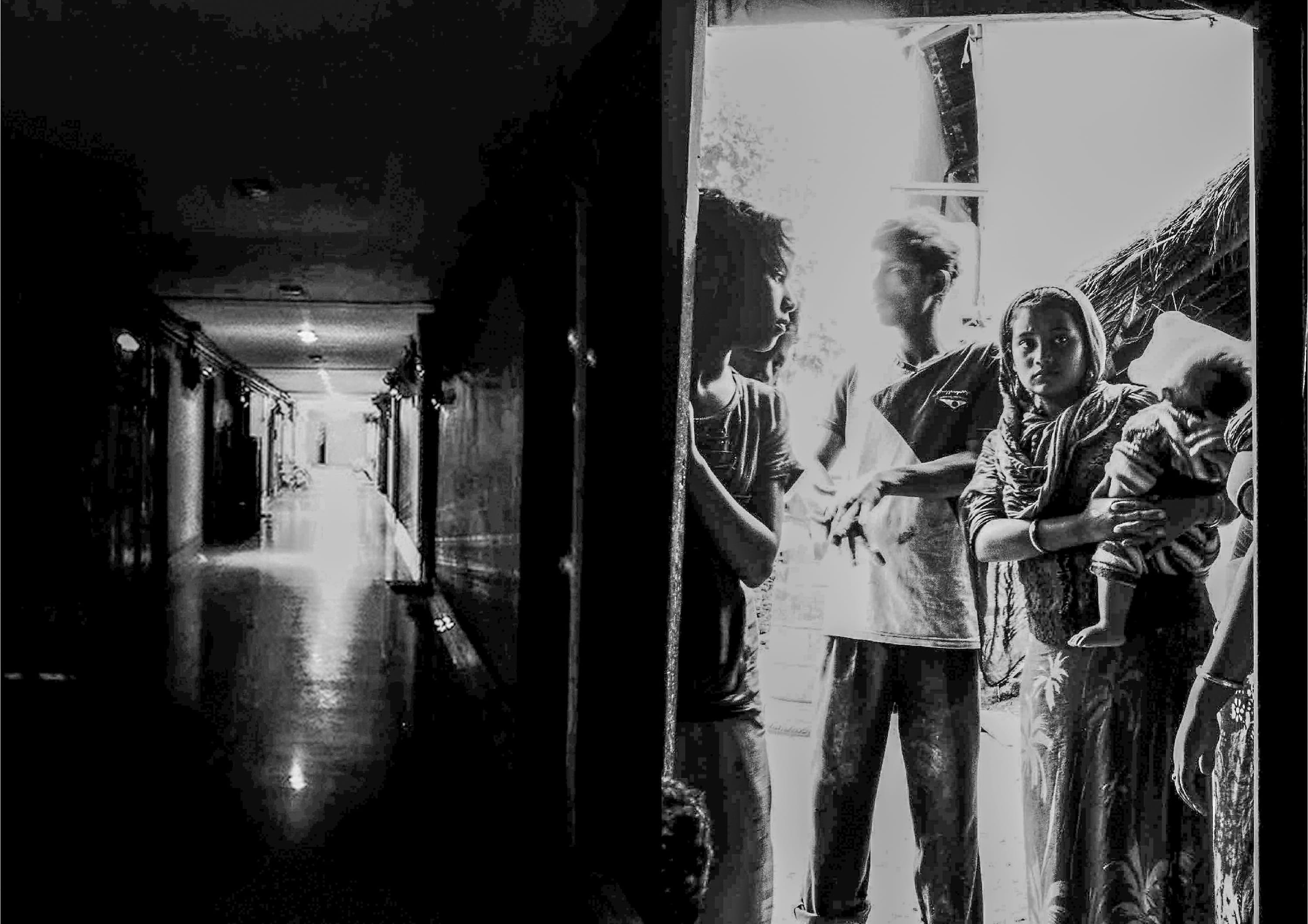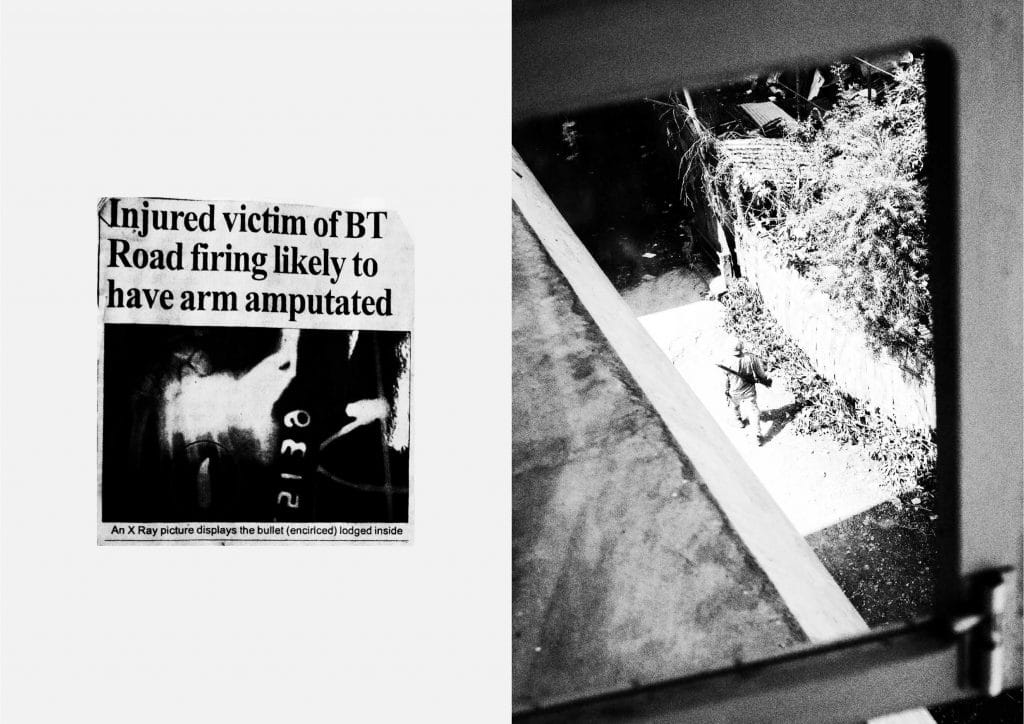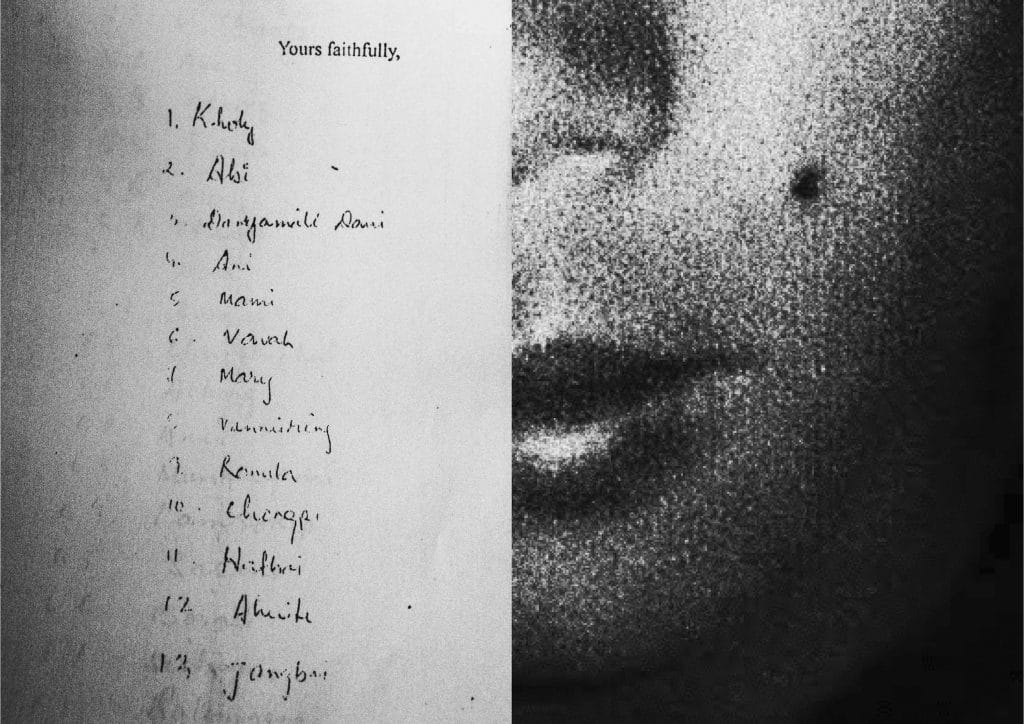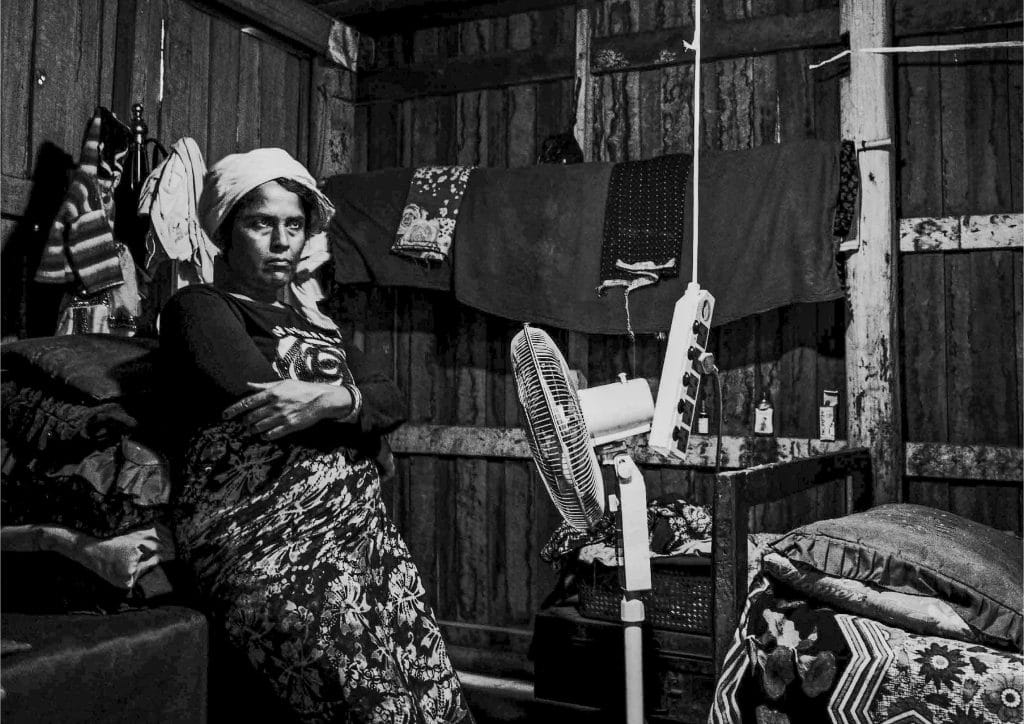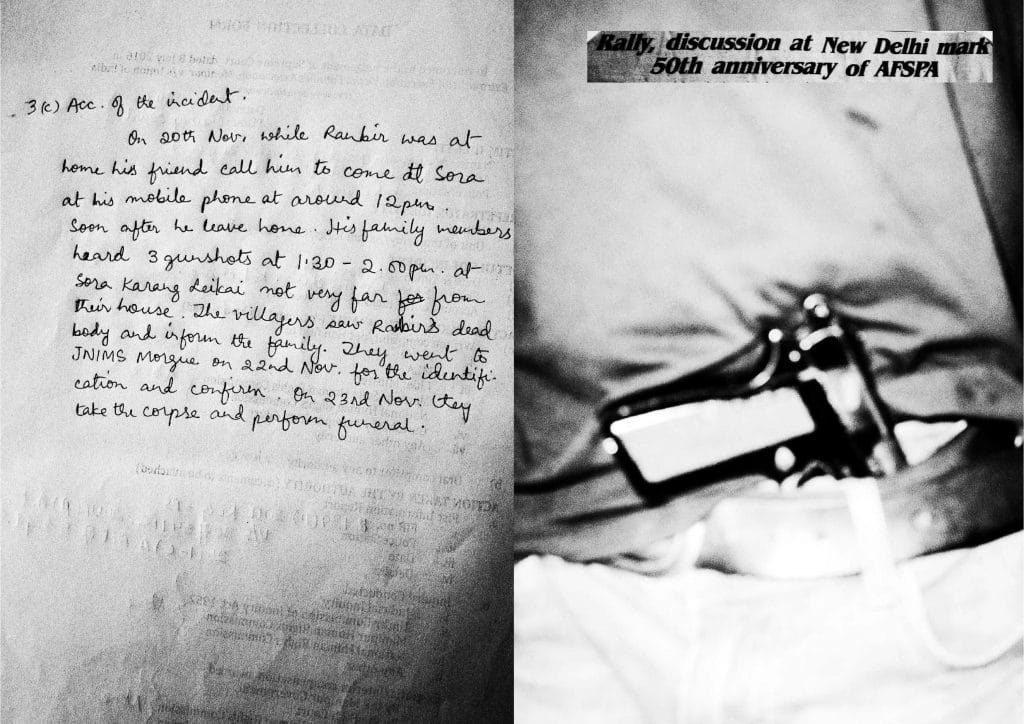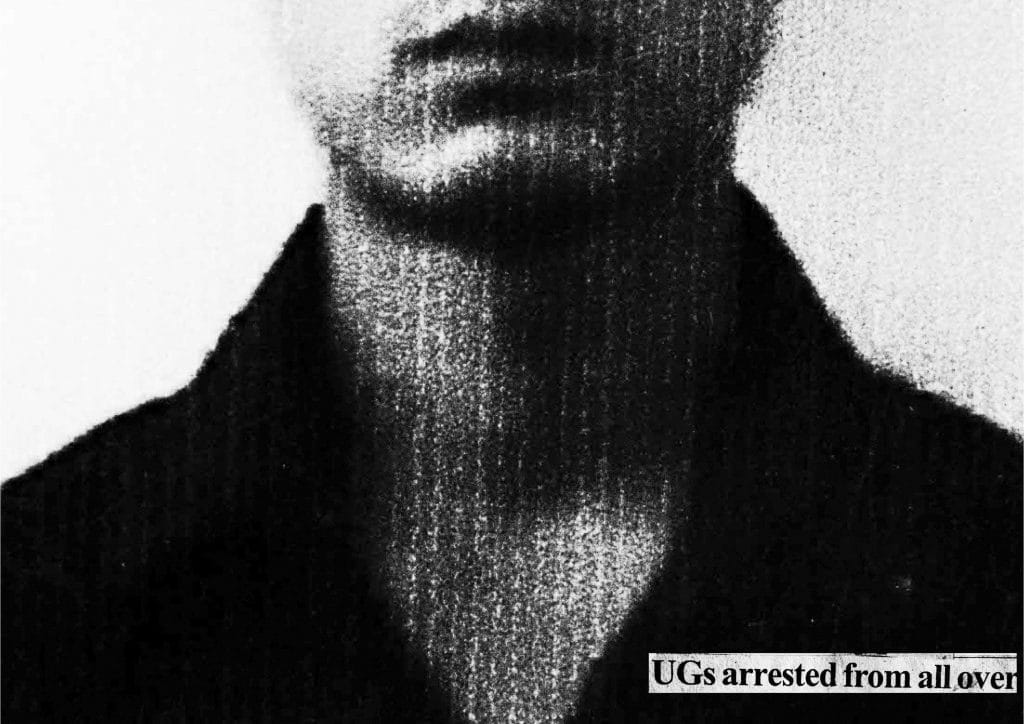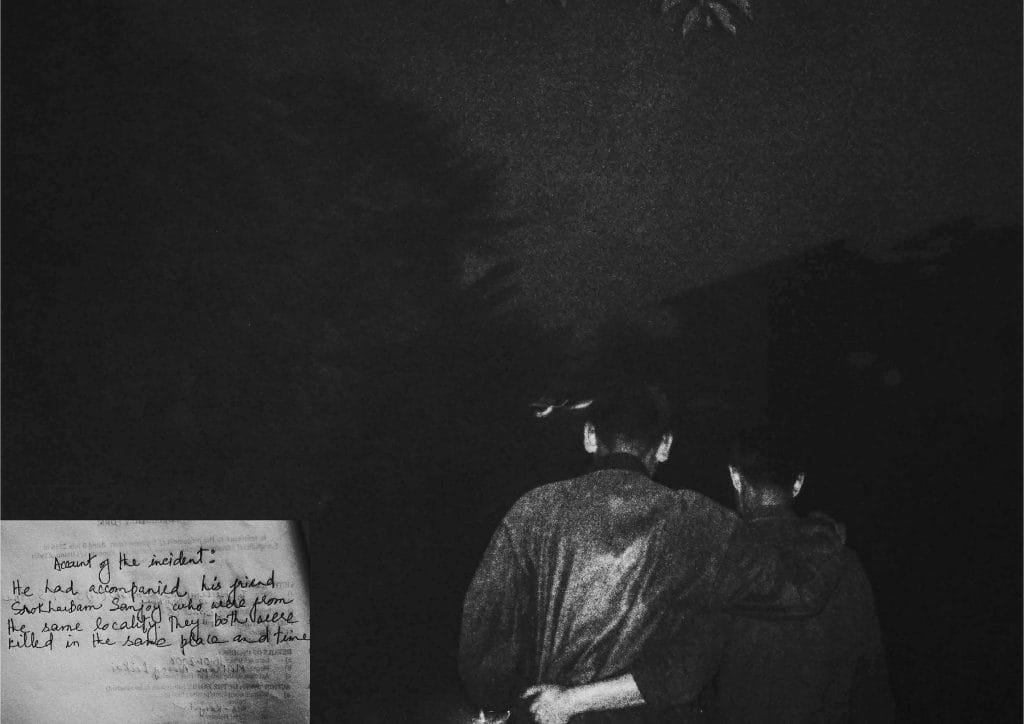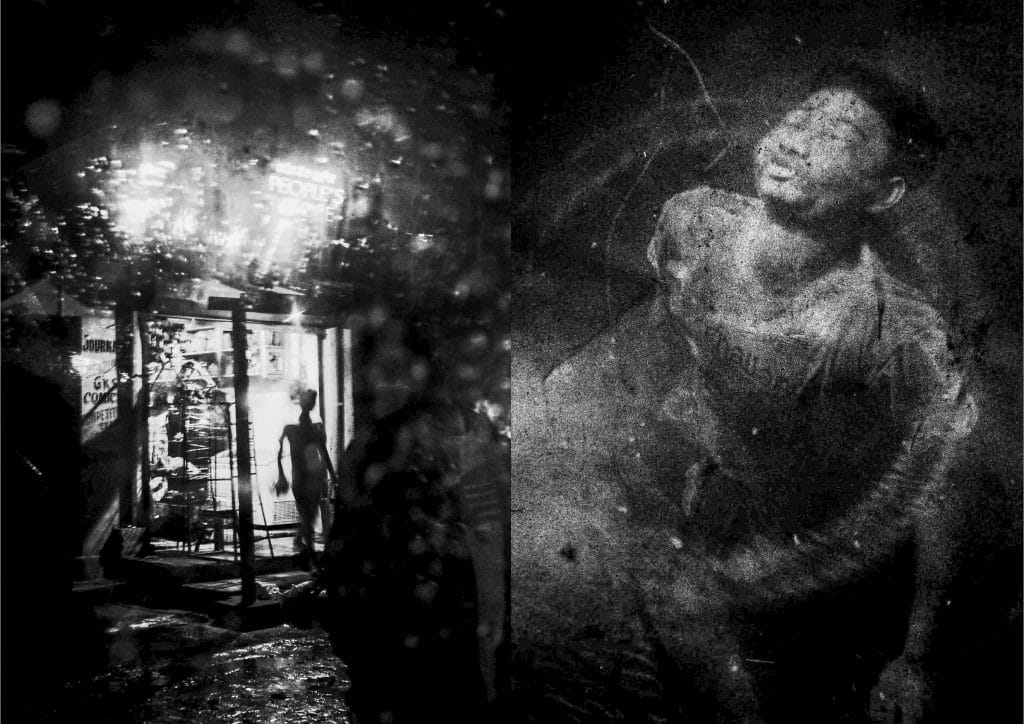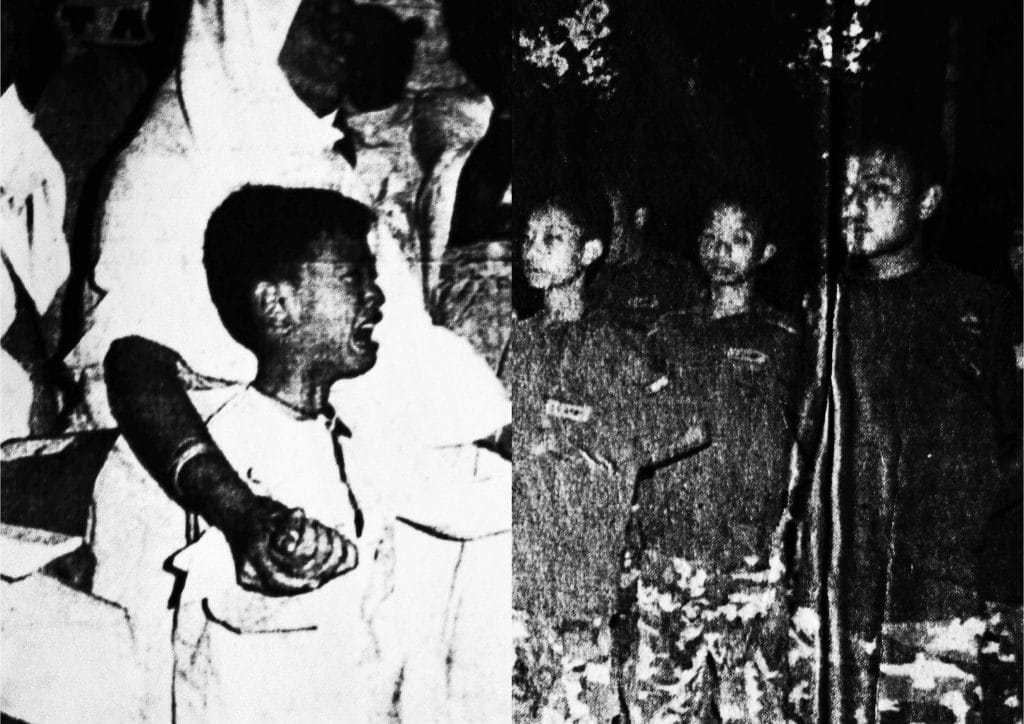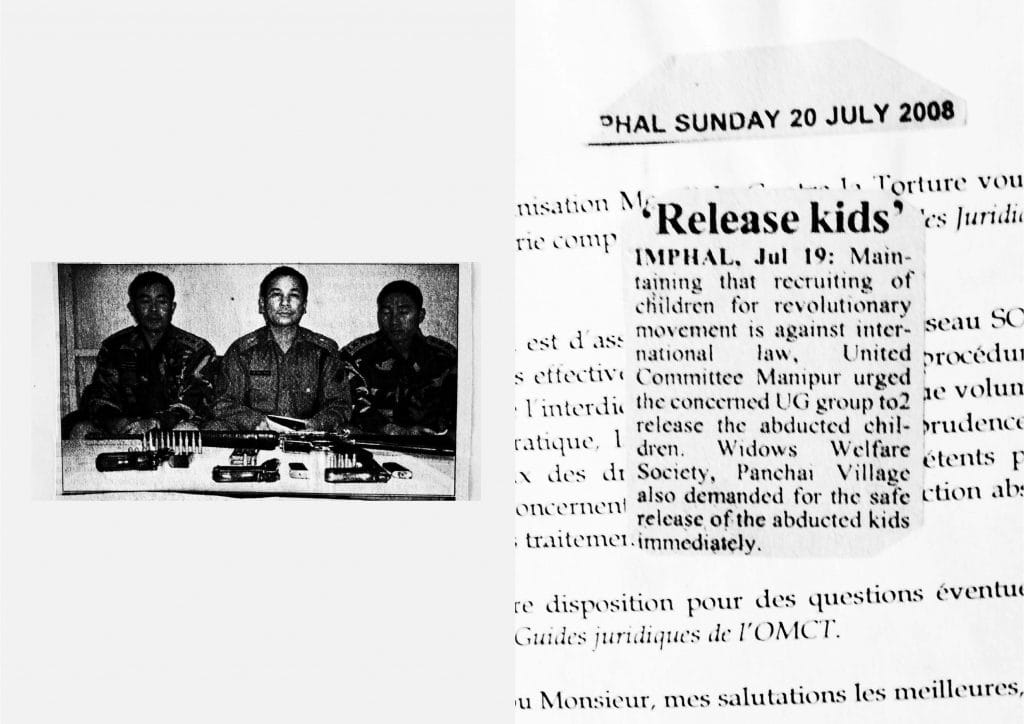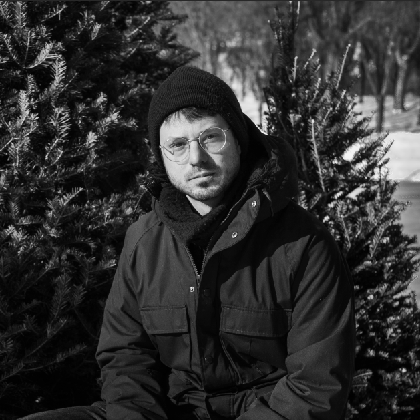1528 is the alleged number of extrajudicial executions carried out by the Indian Armed Forces in Manipur State between 1979 and 2012.
In some parts of India, law enforcement agencies are given special powers to maintain law and order in “disturbed states”. The Armed Forces Special Powers Act (ASFPA) was first enacted by the British in 1942 to suppress the “Quit India” movement and then used by Indian governments to suppress dissident movements.
According to the ASFPA, officers of the armed forces have, inter alia, the power to shoot or use force against a lawbreaker, even if it causes death, to enter any place and arrest without warrant any person who has committed or is reasonably suspected of committing any notorious offence. Any person acting under this Act is immune from prosecution.
Rohit, then a student, heard about the phenomenon in August 2016, when social rights activist and poet Irom Sharmila ended a 16-year hunger strike for the abolition of ASFPA.
She began this quest following the execution of ten people at a bus stop by the Armed Forces in a small village called Malom. After years of activism, she founded a political party to continue her struggle against the special law.
Rohit then traveled to Manipur to document the launch of the party. He then became a volunteer for the Extra Judicial Execution Victim Families Association, Manipur or EEVFAM. It was there that he became aware of the extent and frequency of summary executions in the region. The Malom massacre, although the most well known, is only one of hundreds of other cases. Rohit discovers the organization’s archives which, although they contain hundreds of files, are only the tip of the iceberg.
“When I opened the files, that’s when I realized: “Okay, it’s not just a school project anymore, we’re talking about lives, we’re talking about how people have been affected… Then all this waiting… waiting for justice to be done, waiting for the victims to come home.
Every day, Rohit digitized and organized the documents left by the victims’ families. He immersed himself in these testimonies and then returns in the evening to the scene of the executions and takes photographs, evoking past events and the mystery surrounding them.
“Rather than looking and photographing, I felt and photographed. It was a kind of trance, a second state. Every time I would leave the office after reading about the murders I would go for a walk while the memories were still fresh. I think those moments guided my reaction to the scene. So, I kept going to different neighborhoods, file after file.
1528 is composed of highly contrasted black and white photographs that evoke an omnipresent but invisible violence. The newspaper clippings and other documents that accompany them anchor them in reality as evidence to be preserved. His dreamlike images, ready to vanish into obscurity, nevertheless recall those events that many will never forget.

